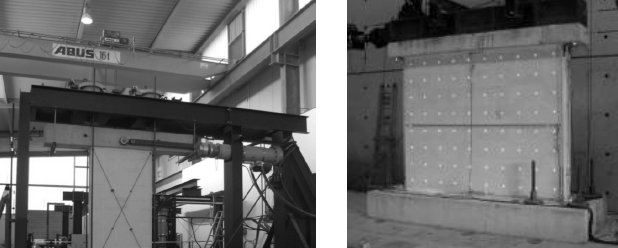1 MSc. Student, ROSE Programme, UME School, IUSS, Pavia, Italy, annalisa.rosti@umeschool.it
2 Assistant Professor, University of Pavia, Department of Civil Engineering and Architecture and European Centre for Training and Research in Earthquake Engineering (EUCENTRE), Pavia, Italy, andrea.pen na@unipv.it
3 Researcher, EUCENTRE, Pavia, Italy, maria.rota@eucentre.it
4 Associate Professor, University of Pavia, Department of Civil Engineering and Architecture and Head of the Masonry Structures Section at EUCENTRE, Pavia, Italy, guido.magenes@unipv.it
ABSTRACT
The main advantage of using autoclaved aerated concrete (AAC) blocks for masonry construction is their excellent thermal insulation capacity. This property increases with decreasing material density, which however is inversely proportional to the values of mechanical properties, including compressive strength. Hence, also considering the emerging issues on energy efficiency of buildings for which low density AAC masonry is greatly appreciated, the study of its structural performance becomes a relevant issue for the definition of suitable criteria and limitations for the design of safe masonry buildings, in particular for seismic design purposes. The experimental campaign presented in this paper aimed at investigating the seismic performance of low density AAC masonry. First, characterization tests on blocks, mortar and wallettes were carried out (vertical and diagonal compression tests). In-plane cyclic shear tests on six full-scale unreinforced low density AAC masonry walls were then performed with the aim to obtain a reliable description of the lateral cyclic behavior. Information regarding the displacement capacity, the correlation between experimental and analytical strengths and the dissipative behavior of masonry were derived. The results show a moderate displacement capacity of low density AAC masonry walls, strongly depending on the applied vertical load, and a good correlation between analytical and experimental lateral strengths. At the end of the shear cyclic tests, the residual vertical compression strength of some walls was also evaluated.
KEYWORDS: AAC masonry, experimental testing, seismic design
503.pdf



